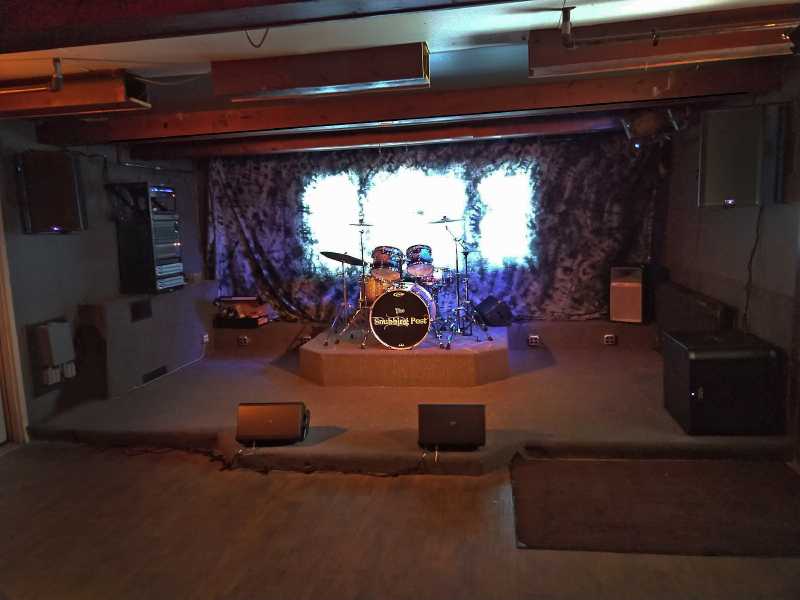Visit the offices of Advanced Automation Corporation (AAC), a systems engineering company based in upstate New York, and you’ll see all of the things you might expect from a technology and engineering workspace: whiteboards covered with meter-long equations, charts comparing the capabilities of various types of satellites, schematics of aircraft propulsion systems, radar testing equipment, and of course a group of engineers huddled around the coffee machine.
Look a little closer, however, and something unexpected becomes evident: nearly every single employee is a musician. Guitars can be found in most offices, and it’s not uncommon for the hallways to be rumbling with high-SPL rock music. After putting in a day’s work on their projects, the employees head across town to a local bar called the Snubbing Post, where they perform as the band Tyler, named for the couple who heads up AAC: CEO David Tyler and his wife Patty, who is the company’s president.
Although the Post represents one of the only places in the area for local bands to perform, the stage and sound system had become quite dated over the years, and the band decided to pool their engineering minds to do something about it. As the band’s audio engineer, I was invited to assist with the project.
The Big Picture
A bit of venue history dictated the deadline: the Snubbing Post has hosted a weekly Open Mic Night every Thursday night for more than 19 years – over 1,000 consecutive weeks – so once the work began, it had to be finished quickly.
The sound system upgrade was just one facet of the overhaul. While various AAC employees and contractors got busy replacing and expanding the stage structure and drum riser, installing new carpeting, painting the walls and updating the stage electrical wiring, I was to tackle the unique challenge of designing a sound system that would be as easy as possible to operate for performers lacking an audio engineering background. Given that the project was funded entirely by donations from the band members (one of whom even purchased and donated an entire drum set!), I had to get as much mileage as possible out of a small fixed budget.
I’ve too often witnessed efforts to try to save money by installing a less powerful system, which is then relentlessly run into its limiters every night and fails far more quickly than a properly spec’d system, so in the long run, it costs less to get it right the first time. After some discussion, we settled on QSC K.2 Series loudspeakers as the cornerstone, even though the purchase would require most of the available audio budget.

Two K12.2 boxes would replace the existing left/right mains, which were bulky, ancient passive models driven by a powered mixer (via guitar cables!). The balance of the system would be a single KW181 subwoofer and a trio of K8.2 loudspeakers serving as floor monitors, all fronted by a Yamaha MG20XU 20-channel analog mixer.
The mixer would be vertically mounted in a rack on stage along with four channels of dbx 231s graphic equalizers for feedback control of the main and monitor mixes. (This invites the concern that someone will come in and crank the lows and the highs into the evil smiley face. My solution is to leave the EQs bypassed by default. People who know what they’re doing will know to disable the bypass switch, while those who don’t know any better won’t.)
The rig would have a small footprint and allow onstage musicians to easily adjust their own levels, while larger bands who bring their own engineers could still quickly patch in and mix their show from their own consoles at front of house. The onboard DSP of the K.2 Series meant that any necessary tuning could likely be accomplished in the loudspeakers themselves, eliminating the expense of a system processor.
We also ordered QSC’s mounting brackets to suspend the loudspeakers in a more cosmetically pleasing (and probably safer) manner than the venue’s existing chains-and-plywood solution, along with lock-out covers to guard the loudspeaker controls against tinkering after the final settings were programmed.





